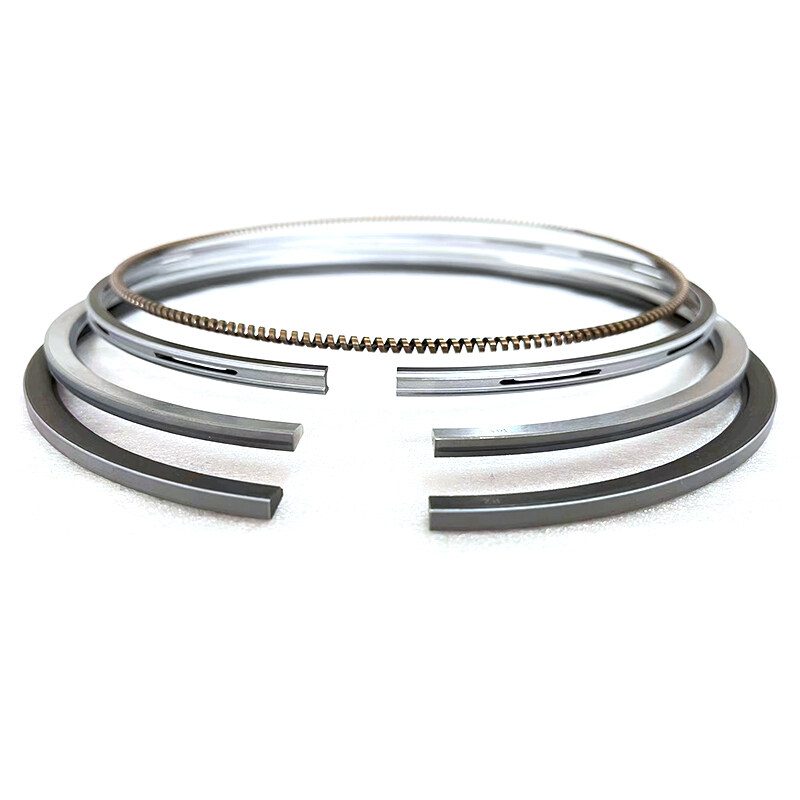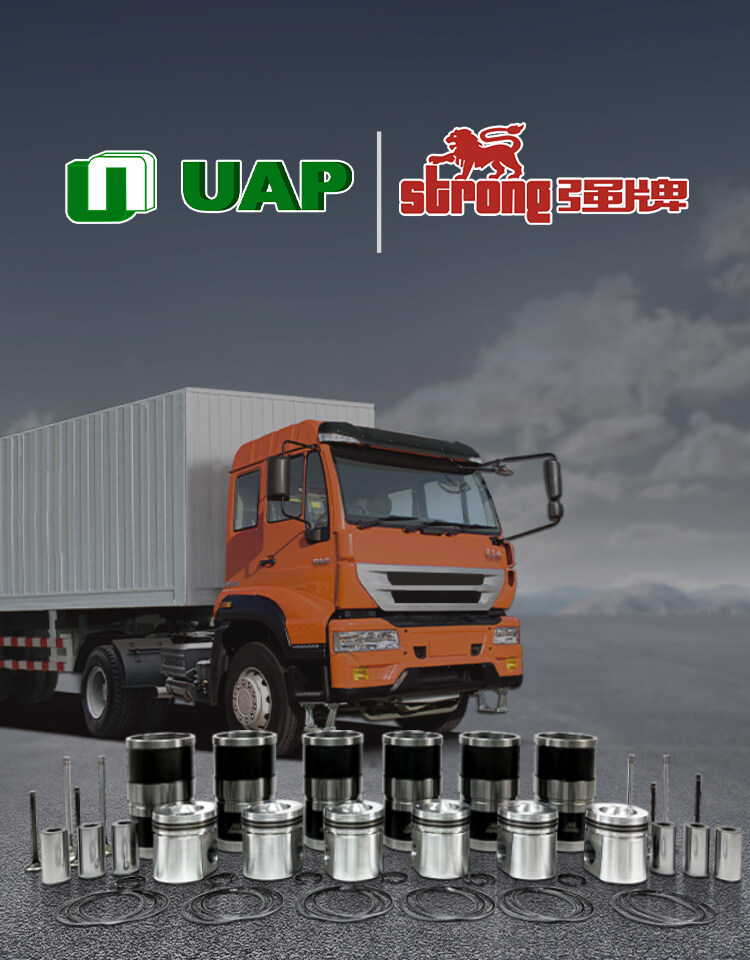Email format error
Email cannot be empty
Email already exists
6-20 characters(letters plus numbers only)
The password is inconsistent
Email format error
Email cannot be empty
Email does not exist
6-20 characters(letters plus numbers only)
The password is inconsistent


The most Technologically Advanced Part of the Engine--Piston Rings
The piston ring is a part of the piston connecting rod set of the crank connecting rod mechanism of the automobile engine. It is divided into two types: gas ring and oil ring. Generally, each cylinder has two gas rings and one oil ring, and individual engines have three gas rings and one oil ring.

Functions of the gas ring and oil ring
The main function of the gas ring is sealing and heat transfer: sealing means ensuring a good sealing between the piston and the cylinder wall, preventing the combustible mixture and high-temperature gas in the cylinder from leaking into the crankcase, ensuring that the combustible mixture entering the engine is compressed enough, and the pressure leakage loss during the power stroke is small.
Heat transfer mainly refers to transferring the heat received at the top of the piston to the cylinder wall to avoid overheating the piston. Generally, 70% - 80% of the heat at the top of the piston is transferred to the cylinder wall through the air ring.
The main function of the oil ring is to scrape off the surplus oil splashed on the cylinder wall when descending, to prevent the surplus oil from entering the combustion chamber to participate in combustion; Apply a uniform oil film on the cylinder wall when going up, to reduce the wear of the piston, piston ring, and cylinder.
Operating conditions of piston rings
The working condition of the piston ring is extremely bad, and the force is also very complex. It is subject to the action of high-temperature and high-pressure gas in the cylinder when working, and it slides at high speed in the cylinder under extremely difficult lubrication conditions.
In particular, the first gas ring is directly impacted by the high-temperature and high-pressure gas in the combustion chamber, and it is extremely difficult to lubricate. The temperature can be as high as 600K, so the wear is relatively serious.
When the piston ring moves up and down in the cylinder, due to the influence of the taper and ovality of the cylinder wall, the piston ring will produce a stretch and shrink movement along the radial direction, making the ring subject to alternating bending stress; In addition, due to the existence of side clearance, when the piston reverses at TDC, the piston ring will also be impacted by the ring groove.
Such force can easily cause the piston ring to break. Therefore, the piston ring is always the part with the shortest service life on the engine. Many engine overhauls are caused by excessive wear of the piston ring.
According to the function and working conditions of the piston ring, the material used to manufacture the piston ring shall have good wear resistance, thermal conductivity, heat resistance, impact toughness, elasticity, and sufficient mechanical strength. At present, piston ring materials widely used include high-quality gray cast iron, nodular cast iron, alloy cast iron, and steel strip.
The outer surface of the first piston ring is usually chrome-plated or molybdenum sprayed. The porous chromium layer has high hardness and can store a small amount of engine oil, which can improve lubrication and reduce wear. Molybdenum has a high melting point and porosity, so spraying molybdenum can also improve the wear resistance of piston rings.
It can be said that the piston ring is the most strict part of the engine in terms of materials and processing technology. Its service life is the service life of the engine. Some Japanese engines have a long service life and do not burn oil. The main factor is the good quality of the piston ring.
For more information about piston rings factories, welcome to contact us.

